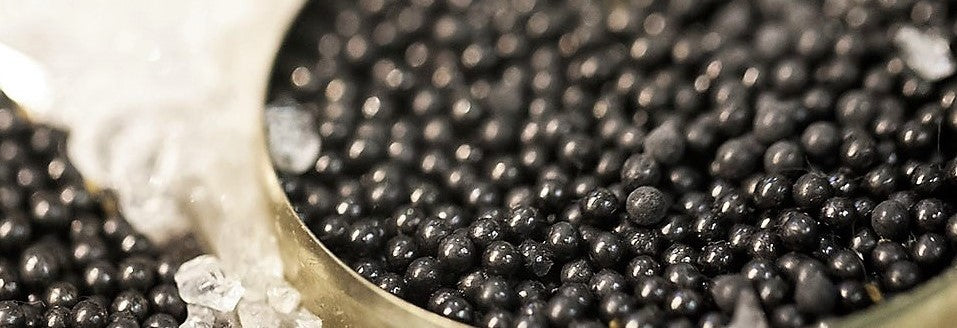Wine production follows the general principles of organic food processing. These principles stipulate, among other things, that additives and techniques must not be misleading for the consumer. This is also the case with wine.
The main additive in both conventional and organic wines is sulfur dioxide or sulphite. This inhibits the activity of unwanted fungi and bacteria and protects the wine against oxidation (= becoming acidic under the influence of oxygen) so that the wine remains fresh and fruity. Sulfur dioxide converts into sulfite in our body and some people are very sensitive to it. Too much sulfite can spoil the taste on the one hand and cause headaches, nausea, digestive problems or allergic reactions on the other. The use of sulfur dioxide must therefore be indicated on the bottle as soon as the level exceeds 10 mg / l.
Since 2010 there has been European legislation for the production of organic wine, before that there was only a law for the cultivation of grapes.
- The legislation for organic wine is stricter on the content of sulfur dioxide (which is converted into sulphites) than the usual law:
- red wine may contain a maximum of 100 mg / l (vs. 150 mg / l for conventional wine);
- dry white and rosé wine may contain a maximum of 150 mg / l (vs. 200 mg / l for the common variant).
- These additives are not allowed in organic wine:
- bind - and deacidifiers, gelatin and enzymes;
- enzymes produced by GMOs for wine clarification.
- Processes considered misleading, such as concentration by cooling, de-alcoholization, removal of sulfur dioxide by physical processes, electrodialysis and the use of cation exchangers;
- Some processes such as heat treatment, filtration, reverse osmosis and the use of ion exchange resins is still permitted in bio for the time being, but limited and subject to conditions.










